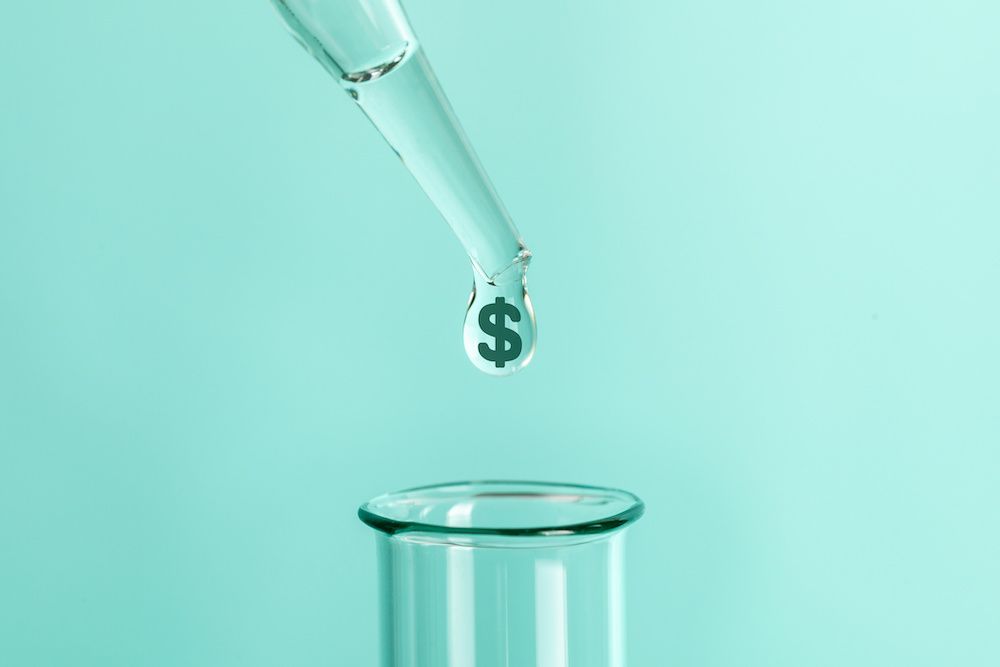Pharmacist-Driven Biosimilar Adoption Model Leads to Cost Savings
A community oncology practice implemented a team-based approach to utilizing biosimilars.

A community oncology practice facilitated substantial cost savings by effectively using biosimilars for brand-name drugs, according to a poster presented at the 2021 American Society of Clinical Oncology (ASCO) Annual Meeting.
The results were presented by Lalan Wilfong, MD, from Texas Oncology, during a poster discussion at the meeting, which is being held virtually June 4-8, 2021.
The findings demonstrated how therapeutic interchange of biosimilars for oncology brand-name drugs can lead to substantial cost savings––an important strategy considering the rapidly increasing cost of cancer treatment. A comprehensive team-based approach involving the pharmacy team can help set this strategy in motion.
According to Wilfong, the process of therapeutic interchange is complicated by the awkward designation of each biosimilar, which limits simple substitution. Communication across the health care team, along with patient education and consent, is crucial.
“Generic drugs can be substituted by a pharmacist without any approval at all because they’re designated generics, however, the way biosimilars are designated requires that a physician approve a therapeutic interchange of a drug because it is not considered a generic substitution,” Wilfong explained.
In 2020, Texas Oncology set out to increase the use of biosimilars in its practice. First, the team created education materials for patients and clinical staff to enhance their understanding of biosimilars. The central pharmacy team reviewed all new orders and reviewed a spreadsheet with existing patients on a brand drug.
“The pharmacy team would review that spreadsheet and determine, based on the indication and the payer, if that patient was eligible for therapeutic interchange,” Wilfong said.
The pharmacist would then substitute the biosimilar, if it was available to be done for that patient, and then notify the physician and staff, Wilfong explained. The team started with rituximab, followed by bevacizumab, and then trastuzumab, according to the authors.
Wilfong reported that biosimilar utilization increased from January 2020 to December 2020 from 5% to 80% for rituximab, 9% to 88% for bevacizumab, and 8% to 74% for trastuzumab.
“We’re not at 100%, however, because many payers still require a brand-name drug for various reasons,” he said.
This translated to $550 in potential savings for bevacizumab, $850 for trastuzumab, and $1400 for rituximab, based on average ASP for a 70 kg patient. Overall, the model drastically cut costs by $4 million, or 21%, by initiating therapeutic interchange with these 3 biosimilars.
“We should see significant savings in our value-based care models by the substitution that we were able to achieve,” Wilfong said. “And that’s on ASP alone. That doesn’t even include the ability to use multi-dose vials on these drugs instead of single-dose vials [for brand drugs].”
Wilfong concluded that biosimilar conversion can be rapidly accomplished via a physician-approved, pharmacist-driven care team approach, with significant implications for the total cost of care and success in value-based care models.
References
1. Wilfong LS, Dave N, Garey JS, et al. A successful model of biosimilar adoption in a community oncology practice. Presented at: 2021 ASCO Annual Meeting; June 4-8, 2021; virtual. Accessed June 4, 2021.